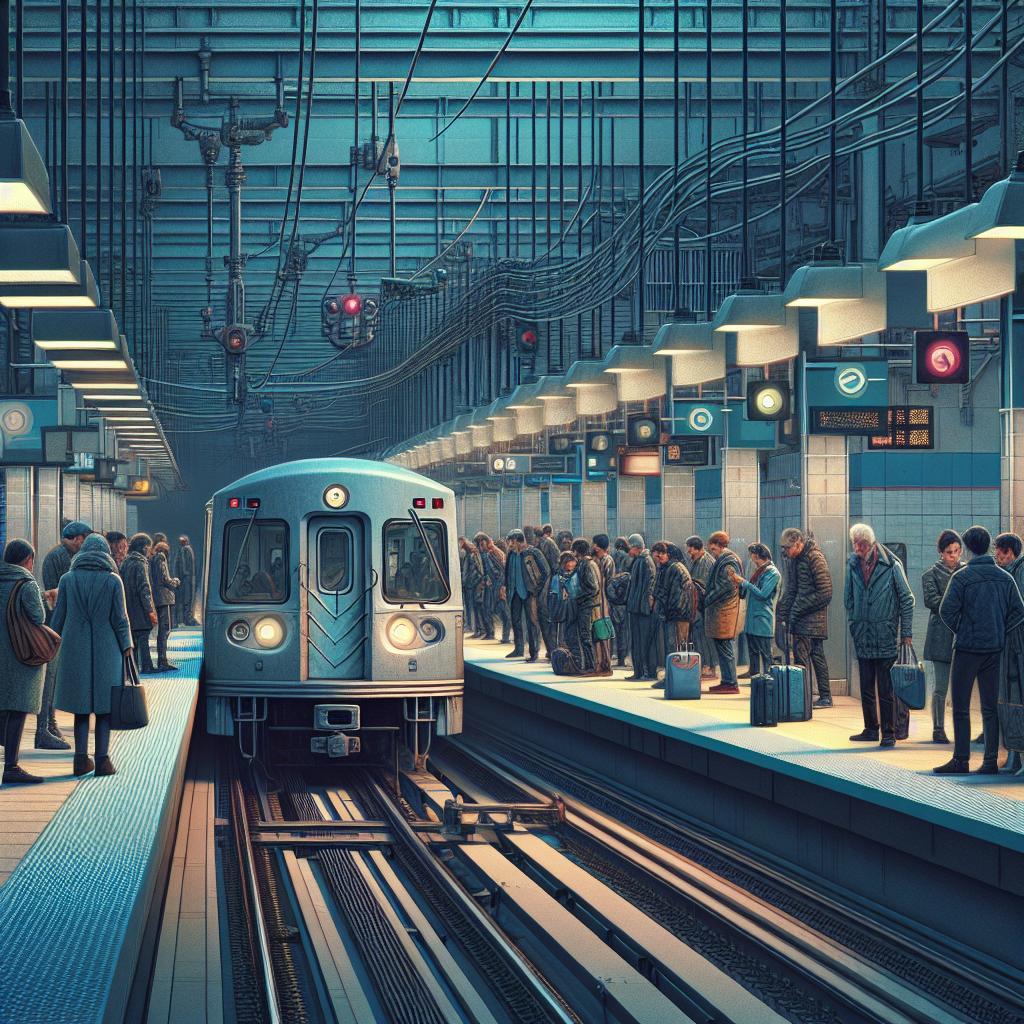-
Summary
- 2025-07-16 09:09

Recent analyses reveal recurring issues within Boston’s public transportation network, specifically targeting the MBTA Blue Line. Multiple reports from trusted media outlets like NBC Boston, WCVB, and Boston 25 News shed light on frequent interruptions caused by both mechanical failures and unforeseen circumstances such as electrical malfunctions. One prominent example includes mass evacuations due to power losses or downed wires, which significantly impacted regular train operations, compelling swift responses from emergency protocols. Temporary solutions like deploying shuttles and buses were implemented to mitigate these disruptions until repairs could be executed effectively.
Another layer of complexity emerges from signal-related disturbances impacting the Blue Line. Platforms such as MassLive and Yahoo News have covered instances where signal problems halted services, leading to schedule alterations and commuter dissatisfaction. Although specific stations weren’t disclosed, the recurrent nature of these technical glitches suggests systemic vulnerabilities needing urgent attention and potential overhauls in infrastructure maintenance strategies.
Safety concerns remain paramount in discussions surrounding the MBTA Blue Line. Two critical incidents underscore these worries: one resulting in a fatality at the Aquarium Station due to a train accident and another demanding immediate action with around 500 passengers evacuated from a stranded train under Boston Harbor. These episodes not only reflect operational inefficiencies but also spotlight the necessity for enhanced safety measures and robust response frameworks. Furthermore, examining broader implications outside central Boston, such as in Hingham, Massachusetts, reveals intersections between road traffic and rail networks posing additional risks. Accidents involving cars and MBTA/South Shore commuter trains indicate a pressing need for improved coordination and preventive measures to ensure safer coexistence between vehicular and rail movements.
In separate reports from reputable news sources such as NBC Boston, WCVB, and Boston 25 News, it was documented that significant disruptions occurred on the MBTA's Blue Line service. Over 450 to nearly 500 passengers were evacuated from trains operating within the tunnels beneath Boston Harbor due to incidents involving either loss of electrical power or downed wires. These events led to temporary halts in train operations necessitating emergency evacuations. Shuttles and buses were subsequently deployed to replace portions of the disrupted Blue Line services while technical issues were addressed.
An issue related to signal problems occurred at an unspecified Metropolitan Transportation Authority (MBTA) station causing disruptions in the Blue Line services in Boston. This incident was reported across multiple platforms including MassLive and Yahoo News. Both sources provided similar details about the nature of the disruption and its impact on commuters relying on the Blue Line for transportation.
The exact location of the affected MBTA station remains undisclosed in the provided data. However, it is clear that this technical malfunction led to temporary suspension of Blue Line operations, affecting daily schedules and potentially causing inconvenience among passengers.
A tragic incident occurred involving the MBTA Blue Line where an individual lost their life due to being hit by a train at the Aquarium Station in Boston. This event was reported recently. In another separate occurrence related to the same transit line, there was a significant safety measure taken when about 500 passengers were evacuated from a disabled MBTA Blue Line train situated beneath Boston Harbor. Both events highlight issues concerning passenger safety and operational challenges faced by the MBTA Blue Line.
In recent incidents reported from Hingham, Massachusetts, there have been significant accidents where vehicles collided with trains at different locations. Firstly, an accident occurred at Nantasket Junction Station near Summer Street involving an MBTA commuter train and a vehicle identified as a car. This event drew police presence on-site for investigation and management. Secondly, another notable incident involved a Tesla electric vehicle being hit by a South Shore commuter train. Both events highlight safety concerns regarding vehicular interactions with rail transport systems during their operations.